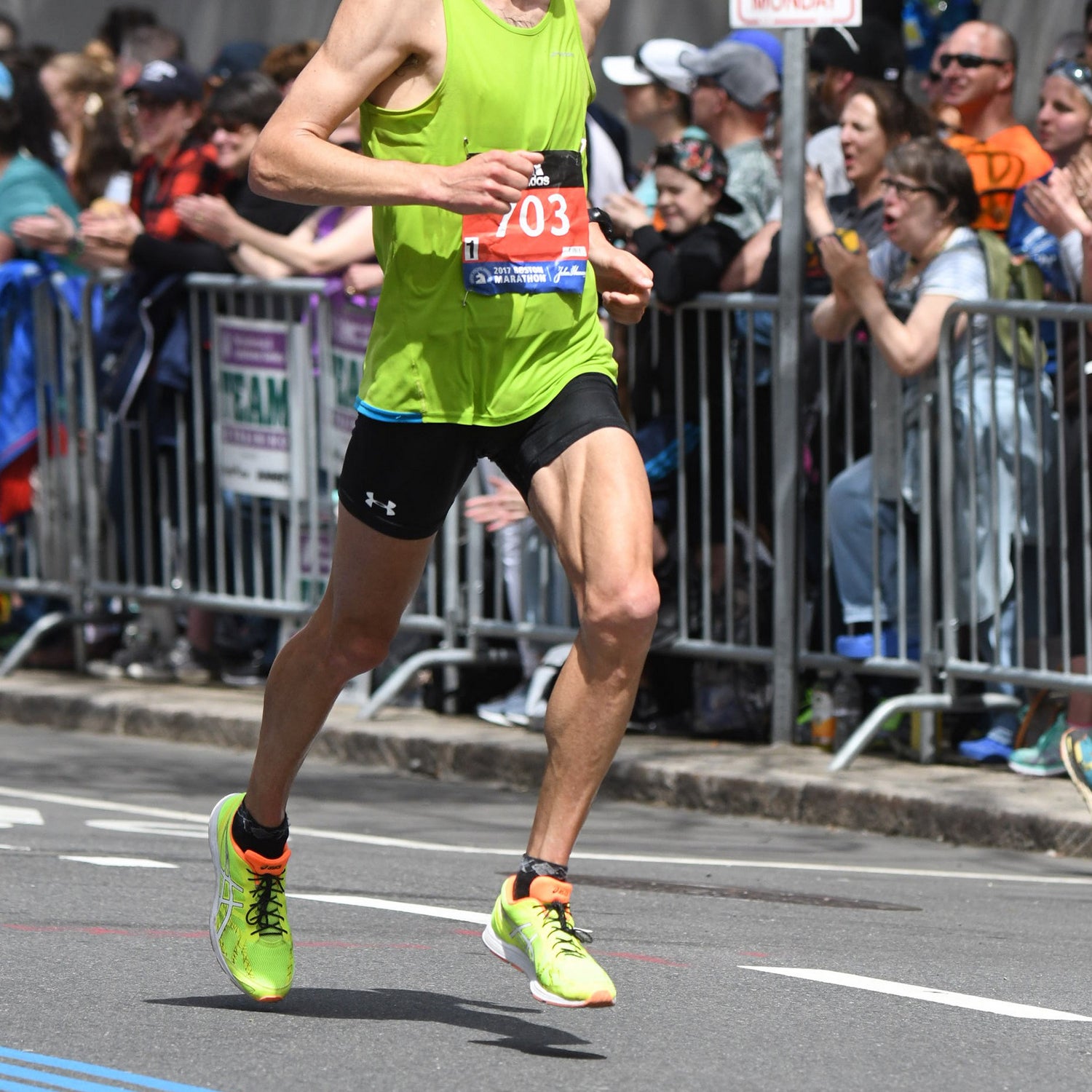In December, I visited my parents in Massachusetts, where my mom had waiting for me a box of stuff that I either needed to bring back to Colorado or throw out. Along with newspaper clippings from the Sea-to-Sea Route, a Valentine’s Day card from a high school sweetheart, and running logs from the pre-Strava era, I found some clothing and equipment from the Great Western Loop in 2007, including a pair of .
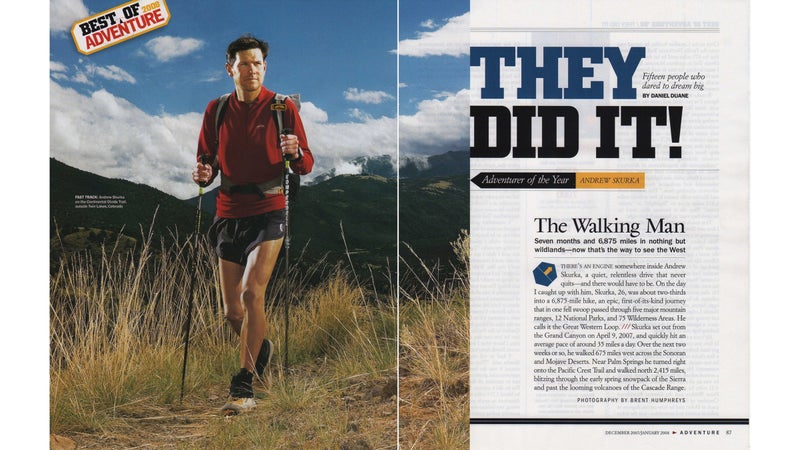
A decade later, my go-to sock is still the Wooleator. All told, I have hiked and run at least 20,000 miles in the Wooleator. I ran 4,000 miles in them last year alone.
These thin, nonpadded socks, made of 61 percent USA merino, 37 percent nylon, and 2 percent spandex, have a similar construction to DeFeet’s original classic, the , the only difference being that the latter uses polyester instead of merino. The top of both socks is a highly air-permeable mesh, which improves the escape of heat and moisture.
In addition to its performance, the Wooleator offers another perk: like all DeFeet products, it's made in the United States. Since 2005, I’ve been a grassroots brand ambassador for the Hildebrand, North Carolina–based company, which means I get a few pairs of socks and wool Duragloves each year in exchange for sharing my experience with clients and readers.
With that said, here's my very long-term review of the socks.
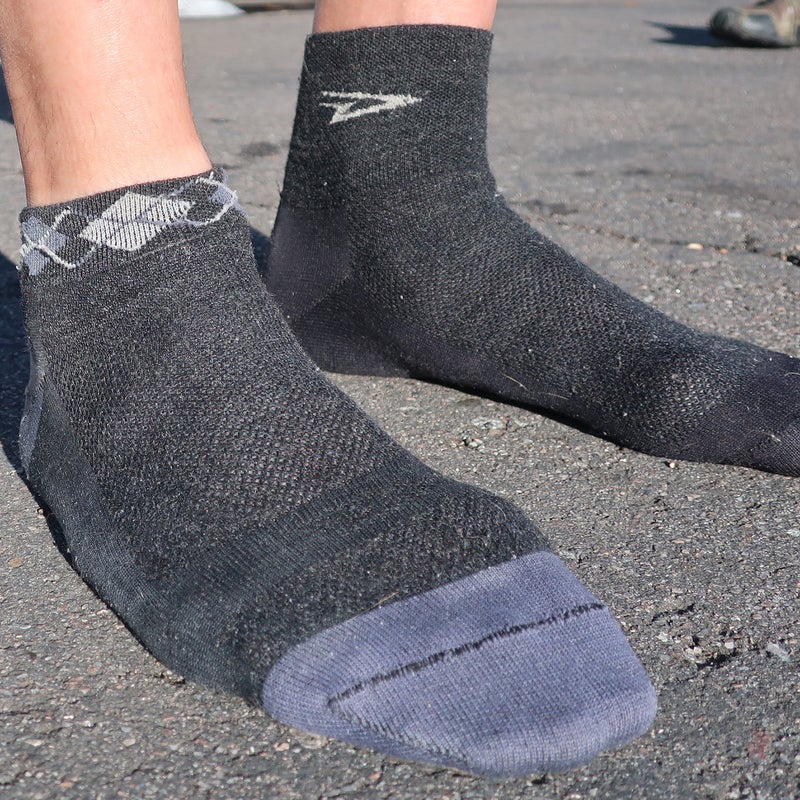
What's It Good For
I wear the Wooleator for:
-
Backpacking and hiking in spring, summer, and fall.
-
Road and trail running year-round, even in single-digit temperatures.
-
Alpine skiing, as a liner sock inside my plastic boots.
-
Nordic skiing and snowshoeing, as a liner sock beneath the warmer socks and sometimes a vapor-barrier liner sock.
I use the Wooleators for casual wear, too, except if I’m wearing brown dress shoes. (They can be worn with black dress shoes, no problem, although my wife dislikes the pairing on principal.)
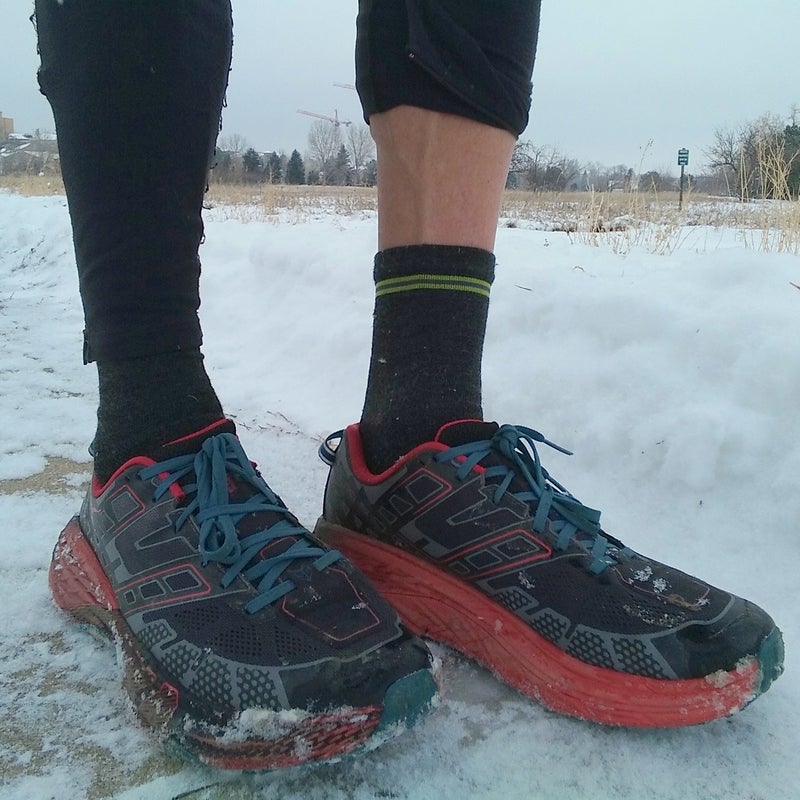
Versions
The Wooleator is available in three cuff lengths. I use the:
-
One-inch argyle for three-season running, as they insulate the least, and look the fastest.
-
Three-inch D-Logo for backpacking and ultramarathon races, because they cushion my shins from hiking gaiters and keep debris out.
-
Five-inch High Top for cold weather, when I need to cushion my lower calf from tall boots and fully cover the gap between my running tights and shoes.
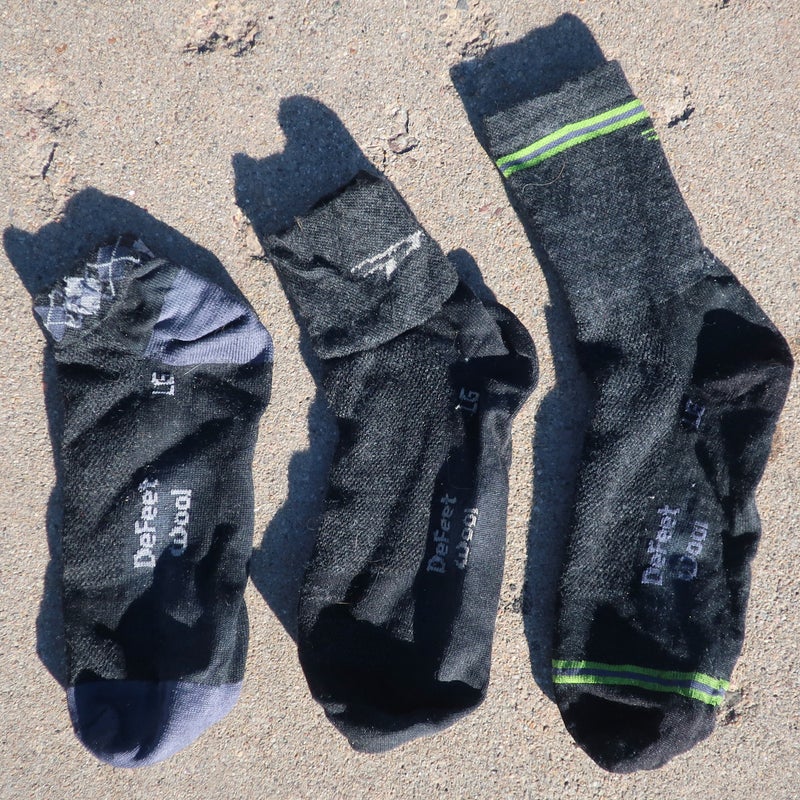
Why I Love Them
1. They're Versatile
The Wooleator performs excellently for nearly all my purposes. One sock and done. The only notable exception is during big-game hunting in the Colorado Rockies in October or November, when I find that one pair of Woolie Boolies work best. It’s too cold for the Wooleators on their own, but not yet cold enough for Wooleators plus Woolie Boolies.
2. They Move Moisture Exceptionally Well
After getting wet with perspiration, the Wooleators dry quickly and retain little moisture. They are thin and unpadded and consist mostly of hydrophobic fibers like merino wool and nylon (with a tiny bit of spandex and no cotton). The Wooleator’s moisture management is not as good as a pure synthetic sock, like the Aireator, but overall I think the trade-offs are worthwhile. Plus, wool remains relatively comfortable when damp.
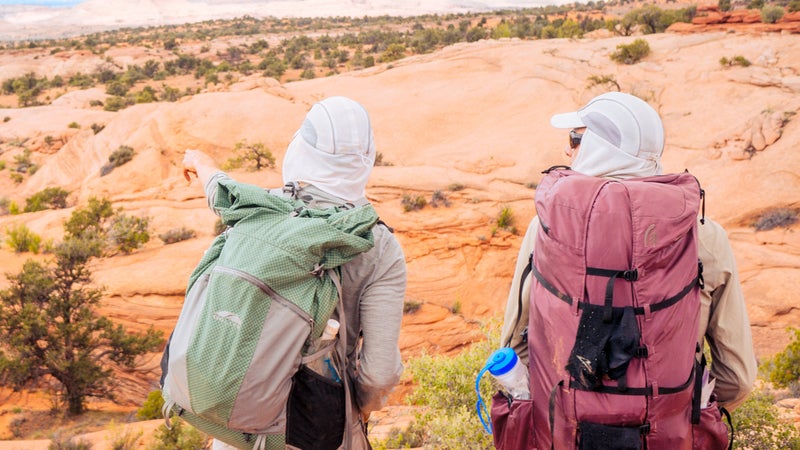
3. They Fight Stink
If you’ve worn both polyester and merino wool shirts, you know that wool produces far less odor over the same time period. The same is true of polyester and merino blended socks—the inherently antimicrobial wool fibers help to reduce foot funk (though they won’t eliminate it entirely, especially on longer and wetter trips).
4. They Fit Great
Spandex improves fit, but it’s heavier, more water-absorbent, and less durable than polyester, nylon, and merino. It’s useful for a sock to include some spandex, but it’s no substitute for a well-fitting design. The Wooleator contains only 2 percent spandex and fits like a glove.
My size 11.5 feet are narrower and lower volume than average, and I find that a size large (men’s shoe sizes 11–13) is best. (If your feet are wider or larger, I’m interested to hear how they work for you. Please on my site.)
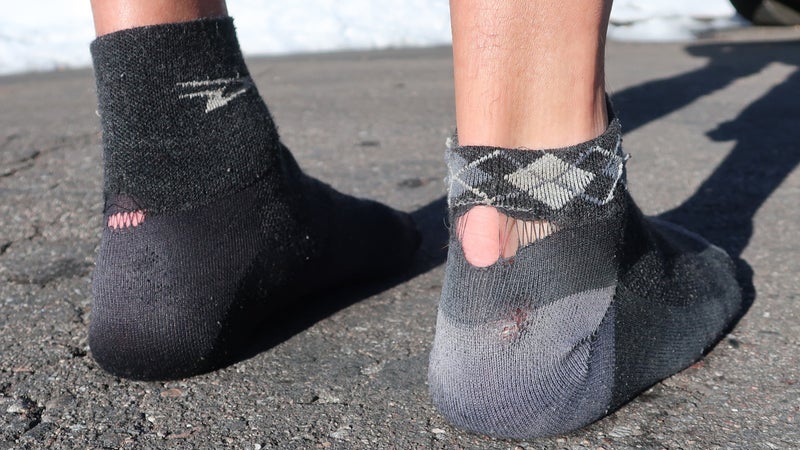
5. They're Durable
I’m not interested in a high-performance sock that can’t withstand extensive abuse—they’d be unreliable on longer backpacking trips, not to mention wasteful.
It’s difficult to specify the lifespan of the Wooleators because of user factors like weight and gait, choice of shoes, environment (wet, gritty), and perhaps a few others. On the Great Western Loop, where I was following established hiking trails through semiarid environments, I was sent two fresh pairs about every 600 miles. During the Alaska-Yukon Expedition, my records show one fresh pair every 300 miles.
More recently, two new pairs easily endured trips of 150 to 200 miles on the rugged Kings Canyon High Basin Route, Wind River High Route, and Pfiffner Traverse. At the finish, they were still in “good” condition.
The most common blowout point for me is along the Achilles, at the bottom of the cuff, although the socks remain usable for a while as long as I don’t yank hard on the cuff. The true death knell is normally a hole in the heel or sometimes on the underfoot. I have never had a hole develop in the toe box.


